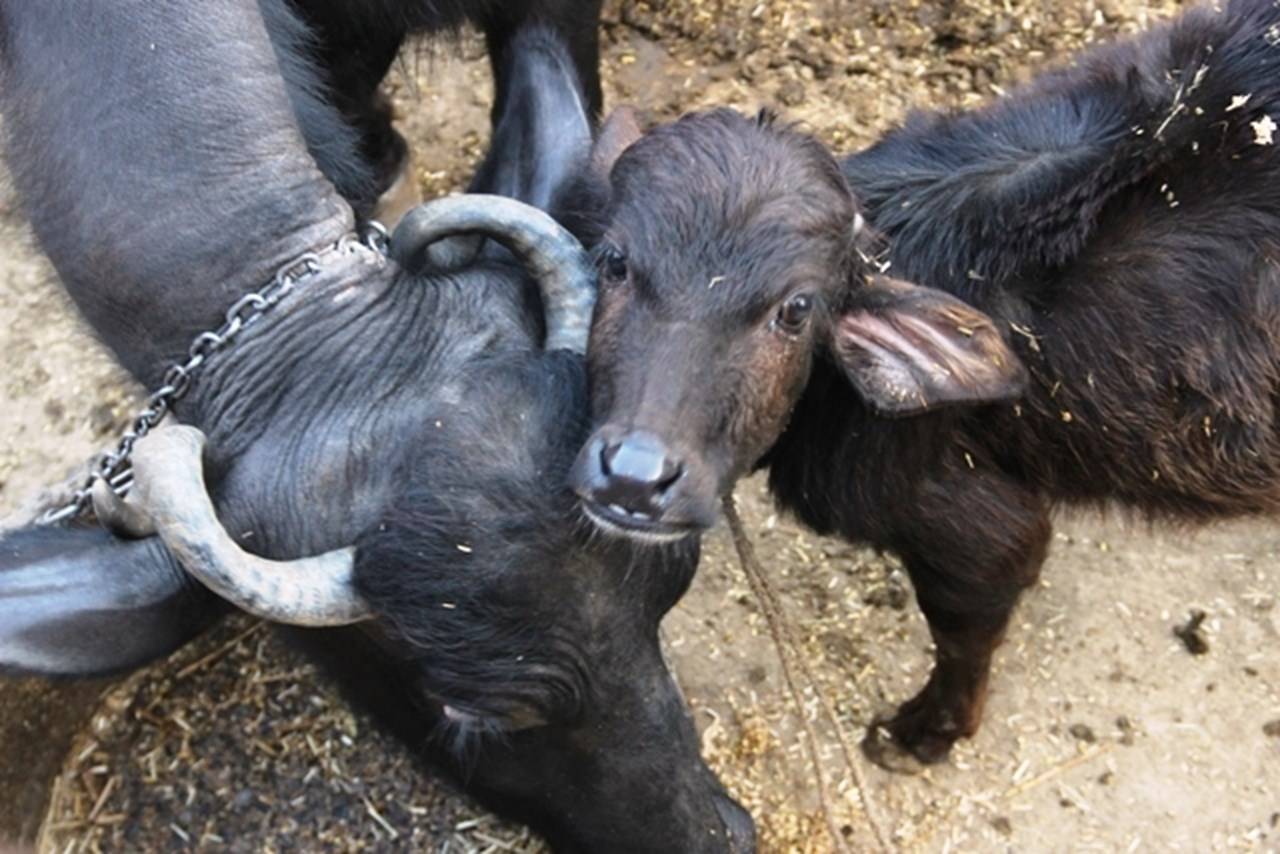Buffalo breeding is a key aspect of the livestock industry, as it plays a crucial role in the production of milk, meat, and other products. However, buffalo breeding is subject to seasonality, which means that the reproduction and fertility of these animals is influenced by the changing seasons. In this blog post, we'll explore the seasonality of buffalo breeding and discuss some of the key considerations for managing reproduction in these important agricultural animals.
Buffalo breeding is generally seasonal, with most buffalo exhibiting a period of reduced fertility during the non-breeding season and a period of increased fertility during the breeding season. The timing of the breeding season varies depending on the specific breed of buffalo and the climatic conditions of the region, but it is typically characterized by an increase in the production of hormones, such as testosterone and estrogen, which are essential for the development and maintenance of the reproductive system.
To manage the seasonality of buffalo breeding, it is important to understand the reproductive cycle of these animals and to implement strategies that align with the natural breeding season. This may involve adjusting the animals' diet and management practices, such as providing access to fresh water and high-quality feed, and implementing breeding programs that take into account the animals' reproductive status and fertility.
By understanding and managing the seasonality of buffalo breeding, it is possible to improve the productivity and overall health of these important agricultural animals and maximize the potential of this key aspect of the livestock industry.
Keywords: seasonality, buffalo breeding, reproduction, fertility, hormones, testosterone, estrogen, reproductive cycle, diet, management practices, water, feed, breeding programs, productivity, health, livestock industry.

